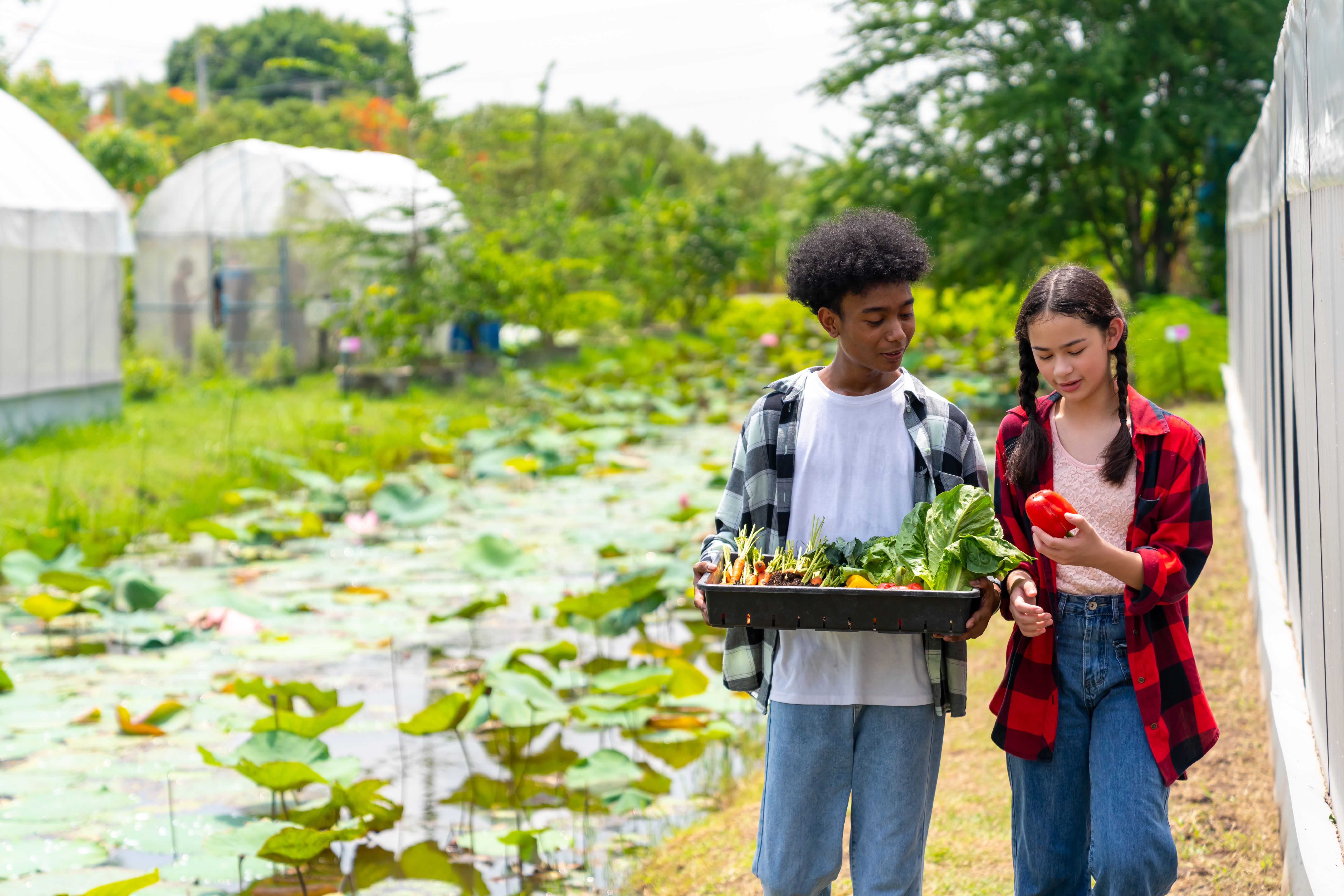Integrating Gardening and STEAM for Holistic Education
Integrating Nature and Technology
Gardening has long been an activity that promotes relaxation, creativity, and a connection to nature. However, when combined with STEAM—Science, Technology, Engineering, Arts, and Mathematics—it transforms into a powerful educational tool. This integration fosters a holistic learning environment where students can engage both their analytical and creative skills.
By introducing gardening within the STEAM framework, educators provide students with hands-on experiences that deepen their understanding of scientific principles. For example, while planting seeds, students learn about plant biology, photosynthesis, and ecosystems. They can monitor growth patterns, observe plant life cycles, and understand the impact of environmental factors on plant health.

Innovative Learning Through Engineering
Engineering plays a crucial role in enhancing gardening projects. Students can design and build structures such as trellises or raised beds, incorporating principles of physics and mathematics. This encourages problem-solving and critical thinking as they assess the best materials and designs for their projects.
Moreover, incorporating technology like sensors and automated watering systems introduces students to coding and robotics. These technologies can help monitor soil moisture levels or automate irrigation, providing practical applications of technological skills in real-world scenarios.

Artistic Expression in the Garden
The integration of art into gardening allows students to express their creativity. Designing garden layouts requires an understanding of color theory, space planning, and aesthetics. Students can explore artistic concepts by creating mosaic pathways or painting plant markers.
In addition to visual arts, students can engage in writing poetry inspired by their garden experiences or documenting their observations through journaling. These activities foster a deeper connection to nature and encourage personal reflection.

The Benefits of Collaborative Learning
Gardening projects within a STEAM framework often involve collaborative efforts. Students work together to plan, execute, and maintain garden projects, enhancing their teamwork and communication skills. Collaboration encourages sharing of ideas and collective problem-solving, valuable skills for future endeavors.
Through group activities, students learn to appreciate diverse perspectives and develop empathy. They also gain leadership experience by taking on roles such as project managers or team coordinators, preparing them for real-world challenges.
Impact on Environmental Awareness
Integrating gardening with STEAM helps instill a sense of environmental stewardship in students. They become more aware of sustainability practices as they understand the importance of conserving resources like water and soil nutrients. This awareness encourages responsible behavior both inside and outside the classroom.
Furthermore, students learn about biodiversity and its significance in maintaining ecological balance. By observing the interactions between plants and pollinators or learning about composting, they gain insights into sustainable practices that contribute to a healthier planet.

Conclusion: A Future-Ready Education
Combining gardening with STEAM education provides students with a well-rounded learning experience that nurtures both intellectual and emotional development. It equips them with skills relevant to various fields while fostering a lifelong appreciation for nature.
By cultivating a learning environment that values creativity, collaboration, and sustainability, educators prepare students for future challenges in an ever-evolving world. Integrating gardening with STEAM not only enhances educational outcomes but also inspires a generation of environmentally conscious thinkers.